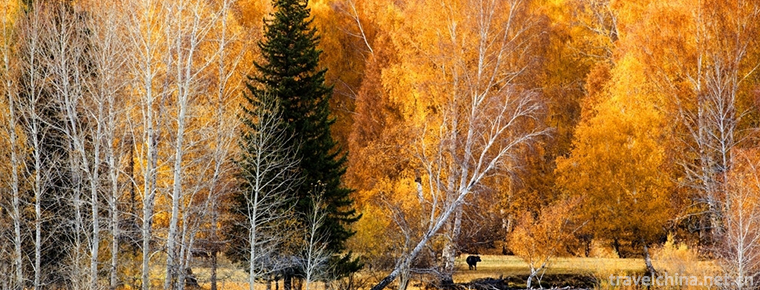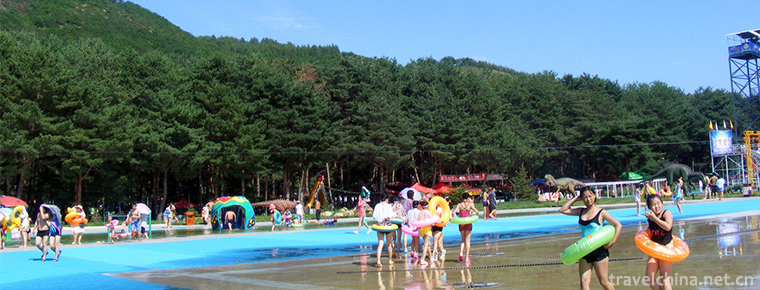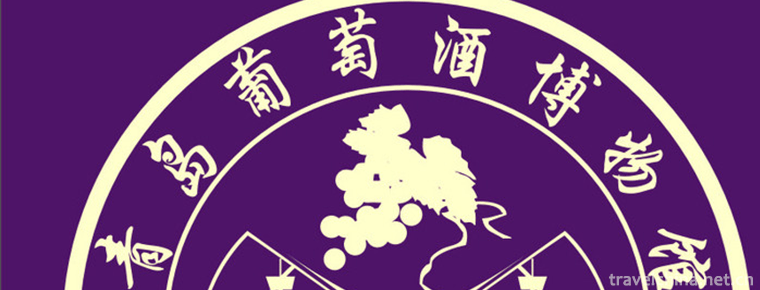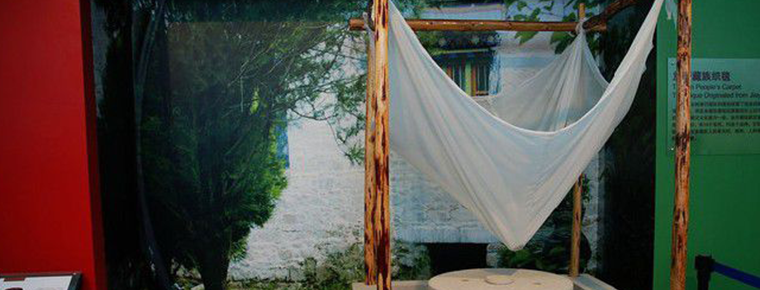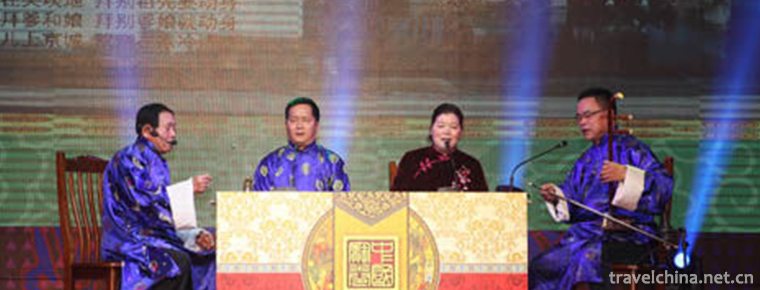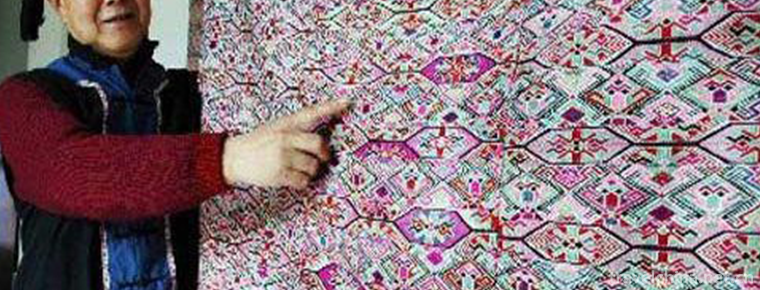Du Fu Cottage
Chengdu Du Fu Caotang Museum is located at 37 Qinghua Road, Qingyang District, Chengdu City, Sichuan Province. It was the former residence of Du Fu Liu, a great poet of the Tang Dynasty in Chengdu. Du Fu lived here for nearly four years and wrote more than 240 poems. Wei Zhuang, a poet in the late Tang Dynasty, found the site of the thatched hall and rejoined the hut to preserve it. It was repaired and expanded throughout the Song, Yuan, Ming and Qing Dynasties.

It covers an area of nearly 300 mu. It is a holy land in the history of Chinese literature with its simple and elegant architecture and elegant gardens. In 1955, the memorial hall of Du Fu was established. In 1985, it was renamed the Du Fu Thatched Cottage Museum in Chengdu.

Museum is the first batch of national key cultural relics protection units, the first batch of national first-class museums, the national key ancient books protection units, the national AAAA class tourist attractions, China's largest, most well-preserved, the most well-known and most distinctive Du Fu trace sites, the annual tourist volume of more than one million people.

In the winter of AD 759, Du Fu came to Chengdu with his family from Longyou (now southern Gansu Province) to Sichuan Province to avoid the "Anshi Rebellion".

In the spring of AD 760, with the help of friends, huts were built in the western suburbs of Chengdu along the picturesque Raccoon Creek.

In the spring of 761, the cottage was completed, called "Chengdu cottage". Chengdu Caotang is mentioned in his poem "A Caotang in the West of Wanli Bridge, a Caotang in the West of Hundred Flowers Pool, a Canglang in the Water" ("Mad Man"). He has lived here for nearly four years, because he was awarded the title of "inspector of the Ministry of Public Works outsider", but also known as the Department of Dugong.

In 765, Yan Wu died of illness, and Du Fu, who lost his only dependence, had to take his family and say goodbye to Chengdu. Two years later, he was exiled through the Three Gorges to Jing, Xiang and other places.

After Du Fu left Chengdu, the cottage was destroyed.
During the Tang Dynasty (Nov. 766-Dec. 779), most of the thatched halls were taken as private houses by the Ren clan, Cuining's concubine (Mrs. Raccoon), who was appointed as the governor of Sichuan.

In the pre-Shu period of the Five Dynasties, Wei Zhuang, a poet, found the site of the Caotang and rejoined the hut in order to "think about his people and become his place". To preserve it.
The Song Dynasty was rebuilt, and Du Fu was painted like a wall to form a temple.

Since then, the grass hall has risen and fallen into disuse repeatedly. The largest two repairs, the 13th year of Ming Hongzh (1500) and the 16th year of Qing Jiaqing (1811), have basically laid down the scale and layout of today's grass hall.
At the end of the Ming Dynasty, Zhang Xian Zhong's peasant uprising army entered Sichuan, and the cottage was destroyed by fire.
In the Qing Dynasty, Kangxi, Yong Zheng, Qian Long and Jia Qingzhao all reconstructed and repaired the Chengdu cottage.

In the late period of the Republic of China, local warlords fought in scuffles, and the grass hall became a medical hospital for the army stables and the wounded and sick. During this period, the damage to Du Fu's grass hall was great. The doors and windows of the ancestral hall, pavilions and pavilions were demolished, the amount of the hanging couplet plaques was lost, and most of them were taken down by officers and soldiers as firewood. No, the monks in the cottage Temple wear a hat to the statue.
In 1952, the Du Fu Thatched Cottage was formally opened to the public after being renovated.

In 1955, the memorial hall of Du Fu was founded.
In March 7, 1958, Mao Zedong visited Du Fu Thatched Cottage in his spare time at the Chengdu conference.

In 1959, Li Jieren presided over the large-scale construction of Du Fu's Caochang. At that time, he was the deputy mayor in charge of culture in Chengdu. He organized a Preparatory Committee for the construction of Du Fu's Caochang, whose members were mostly cultural celebrities and learned scholars. Highlighting the simplicity of architecture and the secluded beauty of gardens.

In March 1961, it was promulgated by the State Council as the first batch of national key cultural relics protection units.
In 1984, it was renamed the Du Fu Thatched Cottage Museum.

In May 1985, the Du Fu Thatched Cottage museum was established.
In February 1997, the government drew up a special fund to learn from the characteristics of the residential buildings in Western Sichuan and rebuilt Du Fu's hut.

In 1999, the "Du Shi calligraphy woodcarving Gallery" was built, displaying over 100 pieces of calligraphy and woodcut works of Du Fu.

In 2005, the "ten thousand Buddha Tower" was rebuilt, restoring the historical and cultural city of Chengdu "Chongli Pavilion in the East and ten thousand Buddha Tower in the west"; and it became another landmark of Du Fu's Caochang.

In December 2006, the museum was awarded the national AAAA tourism scenic spot by the National Tourism Administration.

In May 2008, the museum was awarded the first batch of national first-class museums by the State Administration of cultural heritage.

Address: No. 37 Qinghua Road, Qingyang District, Chengdu, Sichuan, China
Telephone: +86-028-68921800
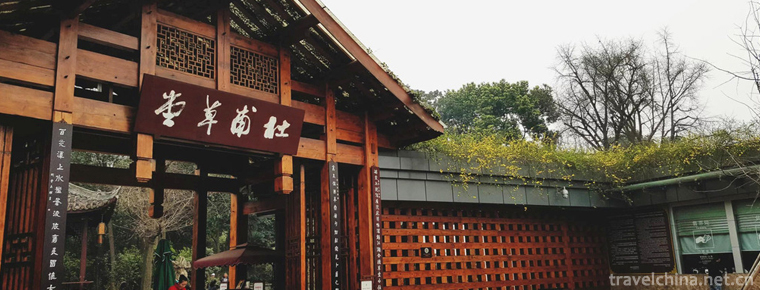
-
Lanzhou handpulled noodlesLanzhou Beef Noodles
Lanzhou beef noodles, also known as Lanzhou clear soup beef noodles, is one of the "top ten noodles in China", and is a delicious snack in Lanzhou area of Gansu Province.
Views: 123 Time 2018-11-02 -
Cocotto Sea Scenic Area
The Cocotto Sea Scenic Area and Xinjiang Cocotto Sea National Geological Park, located in Fuyun County, Altay District, northern Xinjiang, covers an area of 788 square kilometers,.
Views: 179 Time 2018-12-12 -
Yilong Water Custom Park
Yilong Water Custom Park was built in 1996, covering an area of 100 hectares. It was solely operated by individuals and formally opened in June 1997..
Views: 359 Time 2018-12-22 -
Qingdao Wine Museum
Qingdao Wine Museum is located at No. 68 Yan'an Road, North District of Qingdao City. It is an underground museum with popular science education, collection and display.
Views: 183 Time 2019-02-07 -
Tianma Island Tourist Area
Shandong Tianma Island Tourist Area is composed of Ma Qi Mountain and Tianhu Lake. It is located 16 kilometers northeast of Junnan County Town, Linyi City..
Views: 340 Time 2019-02-21 -
Production Techniques of Lhasa Jiami Water Mill
Jiami Water Mill was built in the 17th century A.D. It shows the outstanding ability of Tibetan people in mechanical manufacturing and grain processing. It makes full use of natural spring water to gr.
Views: 318 Time 2019-05-10 -
Shaoxing Xuanjuan
Shaoxing Xuanjuan is a traditional rap art with religious color, which is mainly used to worship gods and pray for blessings. Since Tang Dynasty, it has developed into folk art in Qing Dynasty. The So.
Views: 183 Time 2019-06-14 -
Lisu Folk Songs
Lisu people advocate singing in tune. In the multi-voice unaccompanied chorus of Lisu people, the three major tunes of Lisu folk songs are "swing time", "excellent leaf" and ".
Views: 98 Time 2019-06-17 -
Brocade Weaving Skills of Tujia Nationality
Tujia brocade weaving process is complex, in weaving, using the ancient pure wooden waist inclined loom weaving, through spinning and twisting, dyeing, inverting, drawing, reed loading, rolling, picki.
Views: 114 Time 2019-06-23 -
Western Qin Opera
Western Qin opera, also known as "chaotic play", is popular in Haifeng, Lufeng, Chaoshan, southern Fujian and Taiwan. Western Qin Opera flowed into Hailufeng in the northwest of the Ming Dyn.
Views: 115 Time 2019-07-01 -
Introduction to Chinese embroidery
Embroidery, known as needle embroidery in ancient times, is a kind of technology that uses embroidery needle to guide color thread, embroiders the designed patterns on textiles, and forms patterns with embroidery traces. In ancient times, it was called "Juju" and "pinju"..
Views: 100 Time 2020-12-12 -
Dazhou Railway
Railway lines: Chengdu Chengdu Railway, Xiangyang Chongqing railway, Dazhou Wanzhou railway, Daba railway and Chengdu Dazhou Wanzhou high speed railway (planned) .
Views: 70 Time 2020-12-20

